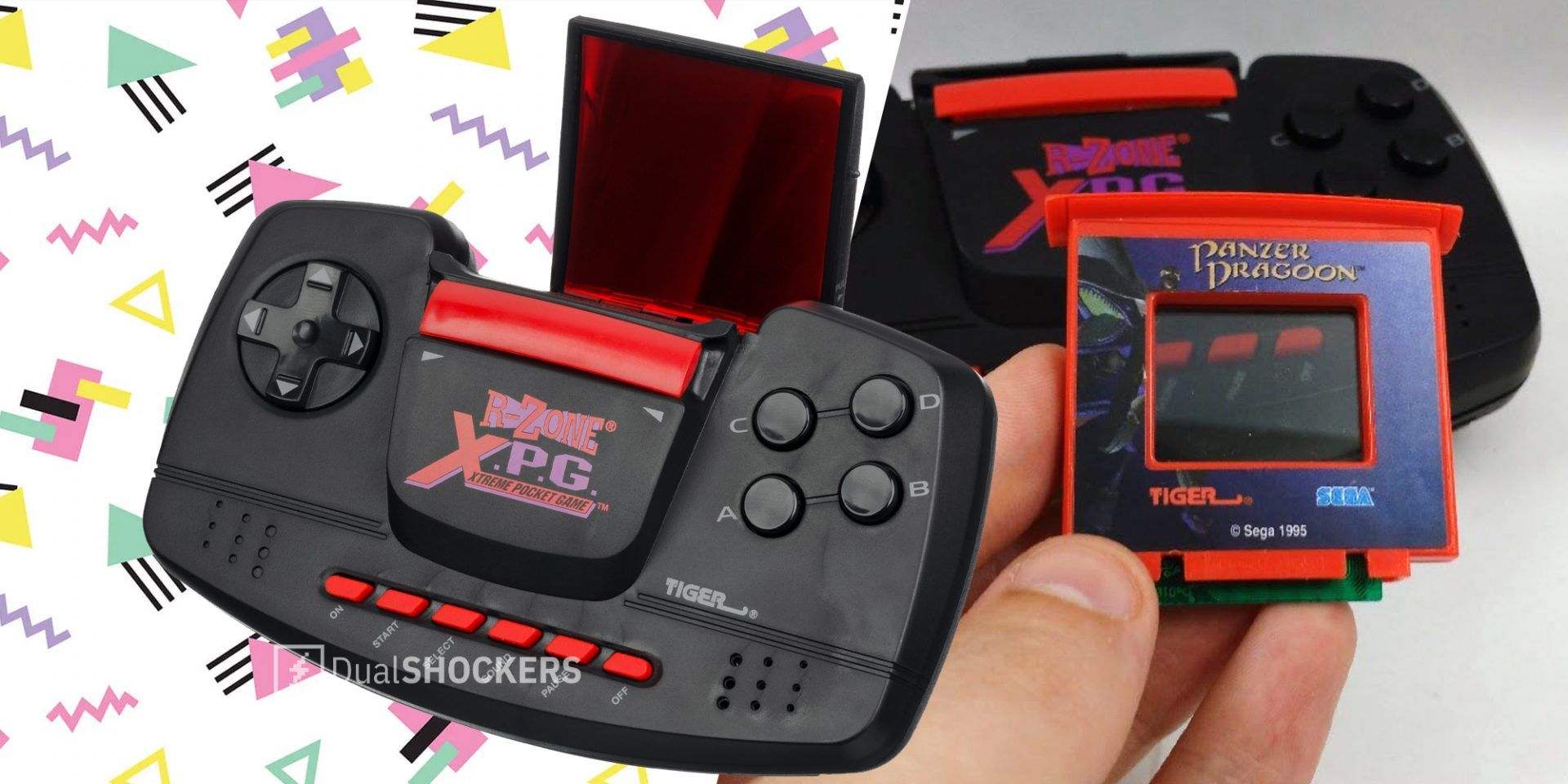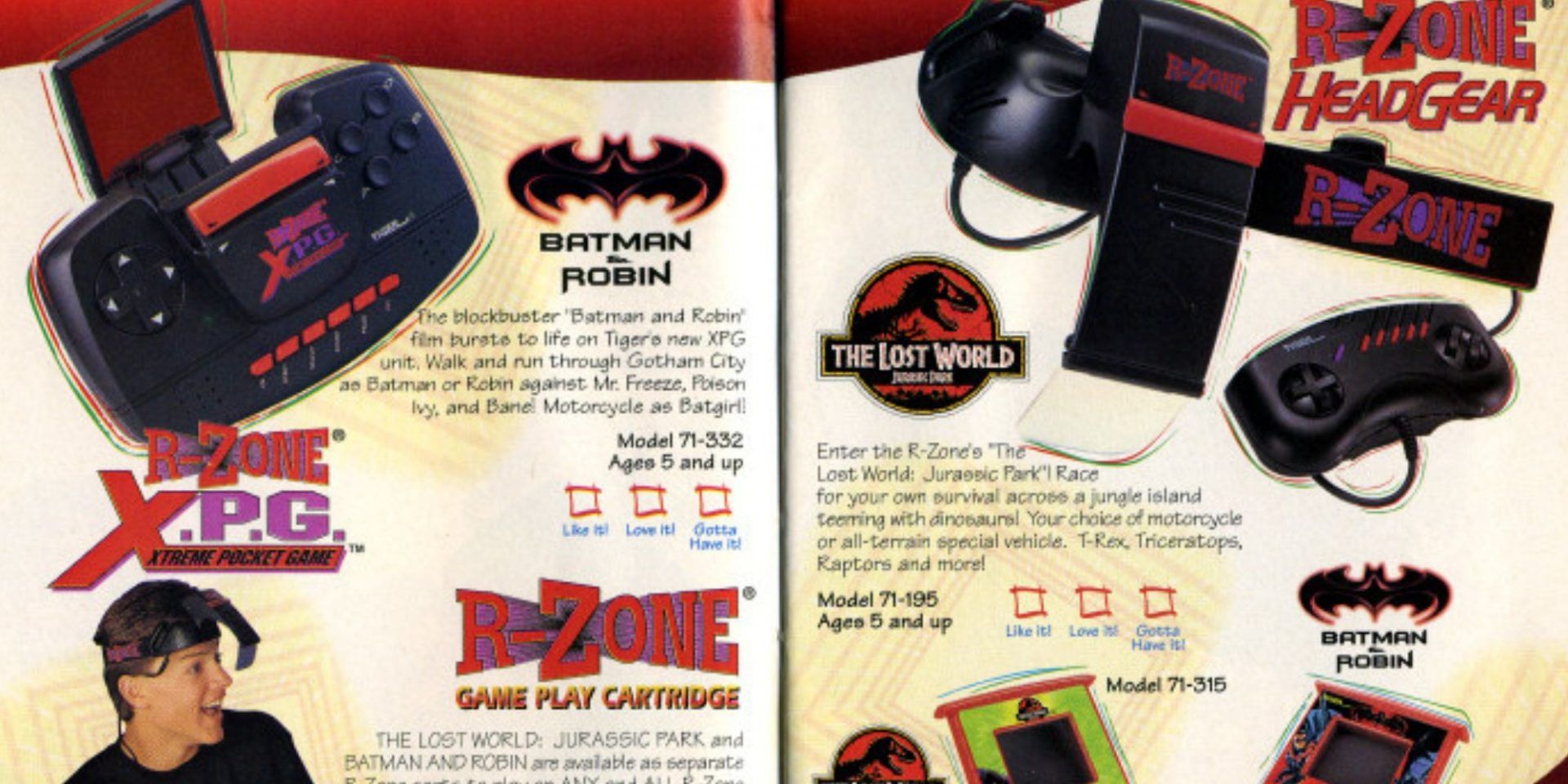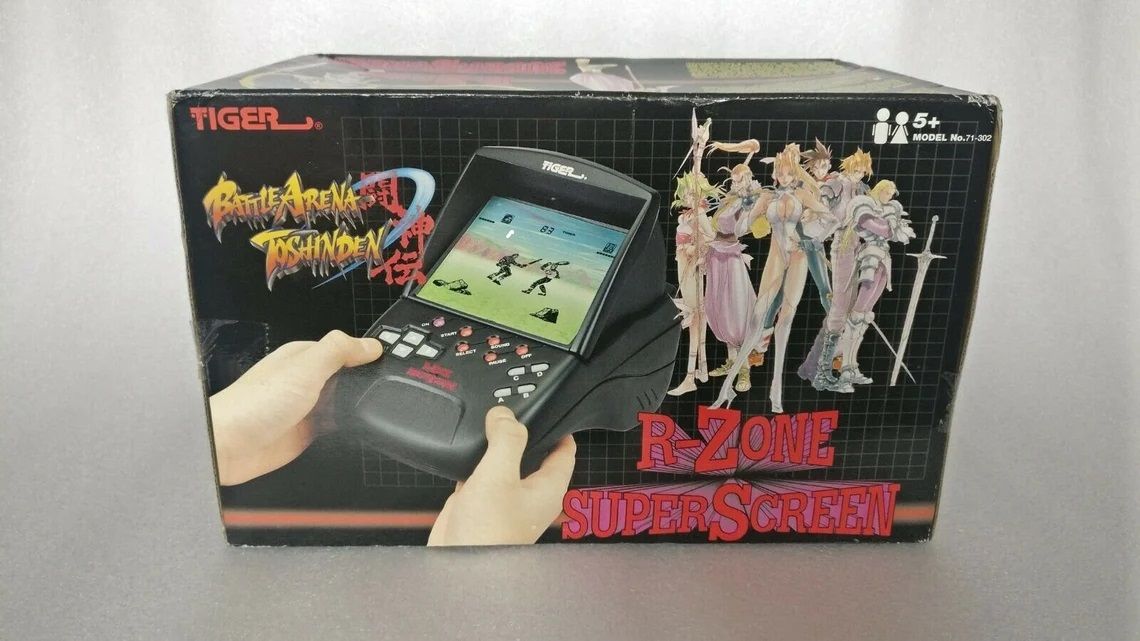In 1978, Gerald Rissman, Randy Rissman, and Arnold Rissman started Tiger Electronics. The company originally started out making phonographs, then branched out into educational toys like its Talking Learning Computer, and handheld LCD games. Between their $20 price tag and access to IPs including Robocop and various Disney titles, the handhelds - which featured one game to a console - were a huge success. Those, and its Talkboy Tape Recorder which shot to fame when it was used by Kevin in Home Alone 2: Escape From New York in 1993, helped launch Tiger Electronics into another stratosphere.
RELATED: Retro-Style RPG Sea of Stars Delayed Until 2023
In February 1995, Tiger Electronics purchased Texas Instruments' toy division, giving them the rights to the calculator company's Speak & Spell and Speak & Math line of products. They also finalized an agreement with Sega and Hasbro to make electronic toys for them, and the deal with Sega also meant more game licenses for their upcoming console, the R-Zone. The R-Zone was a headset-based 'virtual reality' console that was revealed at the American International Toy Fair that same month. It was Tiger's attempt to rival Nintendo's infamous Virtual Boy console, which was released the same year.
The R-Zone had one big advantage over its more famous rival, and that was that it was selling for $29.99 compared to the Virtual Boy's price tag of $179.95.
Sadly, that's pretty much where the R-Zone's advantages ended. Though the Virtual Boy was widely panned and was discontinued in March 1996 (it only sold 750,000 units), under the hood it was just vastly superior. It utilized an NEC V810 CPU and had a 32-bit RISC (Reduced Instruction Set Computer) processor which allowed it to project its famous red-and-black 3D images; they were painful to look at, but the tech was undeniably impressive. The Virtual Boy's display also used dual mirror technology and had a resolution of 384 x 224 pixels.
As for the R-Zone headset, it did not have a microprocessor, nor did it have any memory capabilities. It was also marketed to the public as a virtual reality console, giving people the impression it used 3D imagery. But upon using it, the images were very flat and of a worse quality than their LED handhelds. On top of that, they maintained the Virtual Boy's unpleasant red hue, which led to reports of dizziness and eye strain. The hellish red LEDs were ostensibly implemented because the contrast created a great sense of 3D depth, but really the answer came down to economics: it was just cheaper.
The R-Zone headset, unlike the Virtual Boy, only used one lens that sat over your right eye, so only your right eye was getting blasted with these horrendous images, not to mention the headband was extremely tight and uncomfortable for even moderately sized heads. Instead of leaving a mark on the industry, the R-Zone just left a sweaty red mark on your forehead.
RELATED: Awesome Retro RPGs Many Gamers Never Knew Existed
Trying to course correct, Tiger moved away from the headset and focused on making handheld versions of the R-Zone. In 1996, a tabletop version called the Super Screen was released and it was a complete 180 from the headset. Instead of shooting painful black and red images into your eye, it used a backlit screen that projected colorful non-moving backgrounds and used 2D black images to showcase characters and actions.
The Tiger R-Zone Super Screen
Then in 1997, the final year of the R-Zone, Tiger released the R-Zone X.P.G (Xtreme Pocket Gear) which was just a handheld version of the headset. It used a single mirror to reflect gameplay into the user's eyes, and it used the same terrible, low-quality red-and-black images. Also for something with the word 'pocket' in its title, it was not very pocket-friendly, as the bulb used to light and project the images onto the mirror was big, and made the handheld take up a lot of room.
As you can see above, it wasn't a great piece of kit, but the original headset did have a lot of games. It had movie tie-ins like Apollo 13, Batman Forever, Star Wars, and Jurassic Park: The Lost World. If you were a sports fan it had Indy 500, and Daytona USA, and it also had fighting games like Virtua Fighter, Primal Rage, and Mortal Kombat 3. The R-Zone and its variants didn't want for big-name titles, it's just the technology and misleading marketing that led to it becoming forgotten and unpopular.
The R-Zone series was discontinued in 1997. Tiger Electronics was not a bad company; they had their time in the sun, their ads were all over children's television channels, and they did make handheld gaming cheaper and more accessible. They just put a lot of stock into VR, a tech that was very far from ready for the mainstream, and it backfired horrendously. They were purchased by Hasbro one year later in 1998 and were key in the development of the nightmare-fuelled toy that is the Furby.
NEXT: Going Back To Bloodborne After Elden Ring Is A Bittersweet Experience



